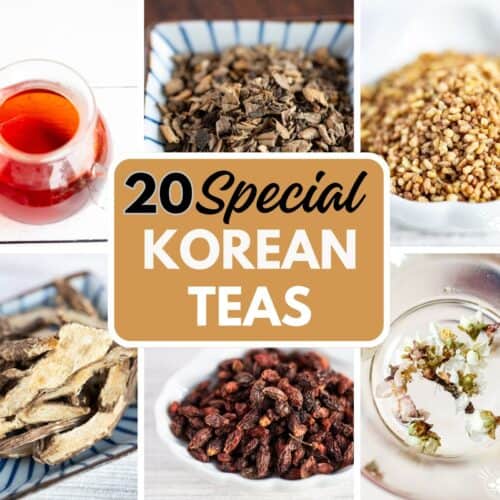Lotus Root (Yeongeun) ?

Lotus roots are the rhizomes of the lotus plant - Nelumbo nucifera that grow underwater, and are consumed as a vegetable throughout Asia. They can grow up to 4 feet long in some instances. The skin is a pale brown while the interior is a creamy white that when sliced, has a flower or wheel-like pattern. They are often sold whole, but they can be found pre-cut, frozen and canned.
Koreans use lotus roots in various dishes - they are most commonly braised as Yeongeun Jorim but also dried and made into tea or deep fried to make chips.
Not To Be Confused With
Burdock Root
Where and What To Buy
Most Korean and Asian grocery stores. Can sometimes find online and on Amazon
How to Clean/Store
When shopping choose a firm lotus root without and soft spots or cracks. It can be stored in the refrigerator wrapped in a damp cloth or paper towels then placed in a plastic bag. Lotus roots should be consumed as soon as possible, but they can be stored for 1-2 weeks if necessary.






